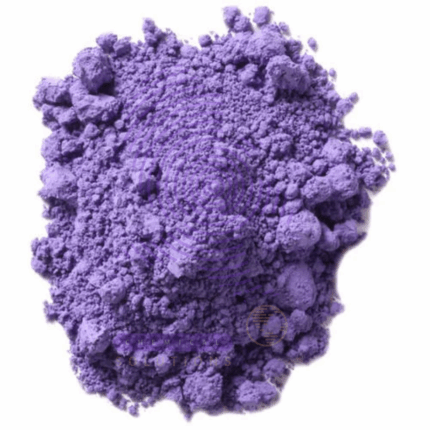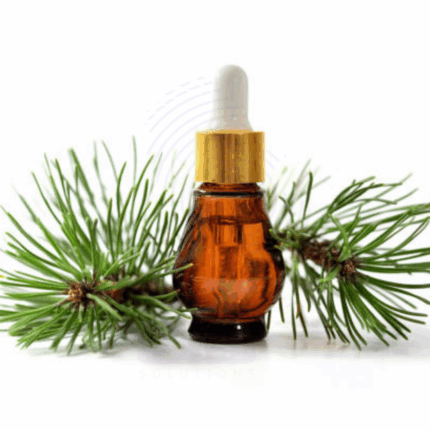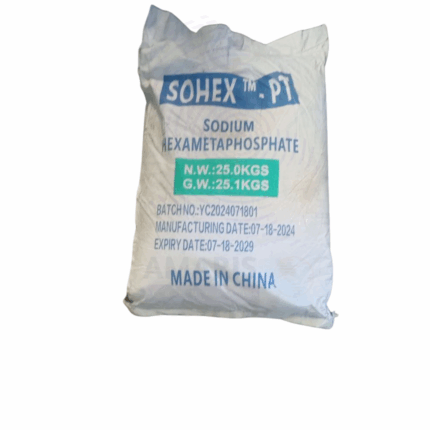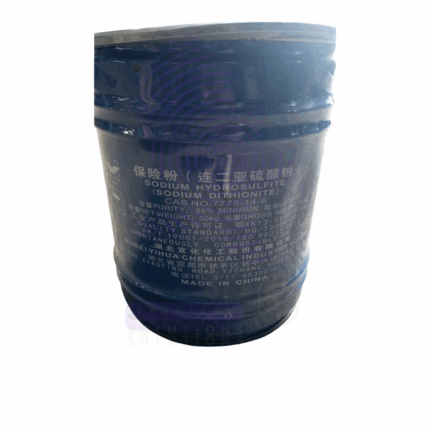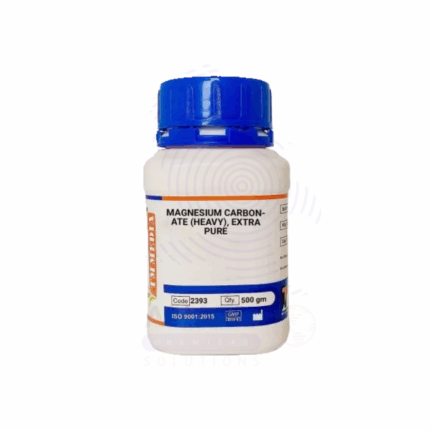
Thinner
Thinner is a volatile solvent or a blend of solvents formulated to reduce the viscosity of paints, coatings, lacquers, and varnishes for improved application properties. It enhances flow, leveling, drying time, and finish quality. Thinners are available in different grades tailored to specific resins or coatings—such as nitrocellulose, alkyd, polyurethane, or epoxy systems—and are crucial in industrial, automotive, wood, and general-purpose applications.
Primary Uses
Paints & Coatings Industry
Viscosity Reduction: Essential for diluting paints, primers, and varnishes to achieve desired spray or brush application consistency.
Application Aid: Improves flow, leveling, and finish smoothness during brush, roller, or spray application.
Surface Preparation: Used to clean surfaces before painting to remove grease, oil, or dirt.
Tool Cleaning: Cleans paint equipment like spray guns, brushes, rollers, and containers after use.
Paint Removal: Acts as a stripping agent for removing old or excess coatings.
Automotive Industry
Automotive Paint Systems: Used with acrylic, polyurethane, and enamel paints for car refinishing, basecoats, and clearcoats.
Blending Solvent: Assists in blending new paint with existing paint for seamless repairs.
Pre-cleaning Solvent: Prepares metal or plastic car parts before coating or refinishing.
Wood & Furniture Finishing
Wood Lacquers and Varnishes: Thinner is used to reduce viscosity of shellac, lacquer, and polyurethane coatings applied to wood furniture and cabinetry.
Grain Highlighting: Helps penetrate wood grains during staining and enhances depth and clarity of finishes.
Secondary Uses
Printing Inks & Signage
Ink Diluent: Used in thinning solvent-based inks for screen printing and flexography.
Stencil Cleaning: Cleans screens, plates, and equipment used in solvent-based printing.
Industrial Manufacturing
Equipment Cleaning: Removes greases, oil residues, and adhesives from machines and production lines.
Chemical Blending: Serves as a carrier or intermediate solvent in custom chemical blends.
Marine & Aerospace Coatings
Marine Paints: Used in thinning marine-grade paints and antifouling coatings.
Aircraft Coatings: Part of solvent systems for applying aviation-specific coatings.
Art & DIY
Artists’ Paints: Dilutes oil-based or alkyd-based paints for fine art applications.
Craft Projects: Used in various home-improvement and craft projects involving oil-based products
Basic Identification Attributes
Chemical Name (Varies by composition): May include toluene, xylene, acetone, MEK, IPA, ethyl acetate, or white spirit
Common/Trade Name: Thinner, Paint Thinner, Solvent Blend
CAS Number: Varies by formulation
HS Code: 3814.00.00 (Organic composite solvents and thinners)
Synonyms: Paint reducer, solvent blend, lacquer thinner, reducer
Physical & Chemical Properties
Physical State: Clear, volatile liquid
Color & Odor: Colorless to pale yellow; strong solvent odor
Boiling Point: Varies (typically 60–180 °C depending on solvent blend)
Flash Point: Typically < 25 °C (depends on formulation)
Solubility: Insoluble in water; miscible with organic solvents
Vapor Pressure: High (volatile compound)
Density: 0.75–0.90 g/cm³ (depends on formulation)
Safety & Hazard Attributes
GHS Classification: Flammable liquid, harmful by inhalation, eye/skin irritant
Toxicity: Moderate to high acute toxicity depending on solvent type (toluene, MEK, etc.)
Exposure Limits: OSHA PEL and ACGIH TLV apply for individual components (e.g., toluene: 20 ppm TLV)
Storage & Handling Attributes
Storage Conditions: Store in a cool, well-ventilated area away from heat, sparks, and open flames
Container Type: Metal drums, sealed cans, or solvent-resistant plastic containers
Shelf Life: 12–24 months if unopened and properly stored
Handling Precautions: Use non-sparking tools; ensure adequate ventilation; avoid static discharge
Regulatory & Compliance Attributes
Regulated under OSHA, REACH, TSCA, and GHS standards
Classified as a flammable and hazardous material for transport (UN 1263 – Paint Related Material)
Complies with local VOC regulations (where applicable)
Proper labeling and SDS (Safety Data Sheet) required for all handling and transport
Environmental & Health Impact
Biodegradability: Limited; varies by solvent blend
Ecotoxicity: Harmful to aquatic life; avoid environmental release
Bioaccumulation: Possible for aromatic solvents (e.g., toluene, xylene)
PPE Required: Chemical-resistant gloves, goggles, flame-resistant lab coat, respirator (if ventilation is poor)
Handling Guidelines: Avoid inhalation and skin contact; use with spark-proof equipment
Storage Measures: Store in approved flammable liquid storage cabinets or areas
First Aid Measures
Inhalation: Remove to fresh air; seek medical attention if breathing difficulty persists
Skin Contact: Wash thoroughly with soap and water
Eye Contact: Flush eyes with water for 15 minutes; seek medical help if irritation continues
Ingestion: Do not induce vomiting; seek immediate medical attention
Firefighting Measures
Fire Hazards: Highly flammable
Extinguishing Media: Foam, dry chemical, CO₂; avoid using water jets
Hazardous Combustion Products: Carbon monoxide, carbon dioxide, and various organic vapors


 Preservatives(food)
Preservatives(food) Flavor Enhancers
Flavor Enhancers Acidulants
Acidulants Sweeteners
Sweeteners Antioxidants
Antioxidants Colorants(food)
Colorants(food) Nutraceutical Ingredients (food)
Nutraceutical Ingredients (food) Nutrient Supplements
Nutrient Supplements Emulsifiers
Emulsifiers
 Collectors
Collectors Dust Suppressants
Dust Suppressants Explosives and Blasting Agents
Explosives and Blasting Agents Flocculants and Coagulants
Flocculants and Coagulants Frothers
Frothers Leaching Agents
Leaching Agents pH Modifiers
pH Modifiers Precious Metal Extraction Agents
Precious Metal Extraction Agents
 Antioxidants(plastic)
Antioxidants(plastic) Colorants (Pigments, Dyes)
Colorants (Pigments, Dyes) Fillers and Reinforcements
Fillers and Reinforcements Flame Retardants
Flame Retardants Monomers
Monomers Plasticizers
Plasticizers Polymerization Initiators
Polymerization Initiators Stabilizers (UV, Heat)
Stabilizers (UV, Heat)
 Antifoaming Agents
Antifoaming Agents Chelating Agents
Chelating Agents Coagulants and Flocculants
Coagulants and Flocculants Corrosion Inhibitors
Corrosion Inhibitors Disinfectants and Biocides
Disinfectants and Biocides Oxidizing Agents
Oxidizing Agents pH Adjusters
pH Adjusters Scale Inhibitors( water)
Scale Inhibitors( water)
 Antioxidants(cosmetic)
Antioxidants(cosmetic) Emollients
Emollients Fragrances and Essential Oils
Fragrances and Essential Oils Humectants
Humectants Preservatives
Preservatives Surfactants(cosmetic)
Surfactants(cosmetic) Thickeners
Thickeners UV Filters
UV Filters
 Fertilizers
Fertilizers Soil Conditioners
Soil Conditioners Plant Growth Regulators
Plant Growth Regulators Animal Feed Additives
Animal Feed Additives Biostimulants
Biostimulants Pesticides (Herbicides, Insecticides, Fungicides)
Pesticides (Herbicides, Insecticides, Fungicides)
 Active Pharmaceutical Ingredients (APIs)
Active Pharmaceutical Ingredients (APIs) Excipients
Excipients Solvents(pharmaceutical)
Solvents(pharmaceutical) Antibiotics
Antibiotics Antiseptics and Disinfectants
Antiseptics and Disinfectants Vaccine Adjuvants
Vaccine Adjuvants Nutraceutical Ingredients (pharmaceutical)
Nutraceutical Ingredients (pharmaceutical) Analgesics & Antipyretics
Analgesics & Antipyretics
 Analytical Reagents
Analytical Reagents Solvents(lab)
Solvents(lab) Chromatography Chemicals
Chromatography Chemicals Spectroscopy Reagents
Spectroscopy Reagents microbiology-and-cell-culture-reagents
microbiology-and-cell-culture-reagents Molecular Biology Reagents
Molecular Biology Reagents Biochemical Reagents
Biochemical Reagents Inorganic and Organic Standards
Inorganic and Organic Standards Laboratory Safety Chemicals
Laboratory Safety Chemicals Specialty Laboratory Chemicals(Special Laboratory Equipment)
Specialty Laboratory Chemicals(Special Laboratory Equipment)
 Demulsifiers
Demulsifiers Hydraulic Fracturing Fluids
Hydraulic Fracturing Fluids Scale Inhibitors(oil)
Scale Inhibitors(oil) Surfactants(oil)
Surfactants(oil) Drilling Fluids
Drilling Fluids
 Dyes and Pigments
Dyes and Pigments Bleaching Agents
Bleaching Agents Softening Agents
Softening Agents Finishing Agents
Finishing Agents Antistatic Agents
Antistatic Agents
 Admixtures
Admixtures Waterproofing Agents
Waterproofing Agents Sealants and Adhesives
Sealants and Adhesives Curing Compounds
Curing Compounds Concrete Repair Chemicals
Concrete Repair Chemicals Anti-Corrosion Coatings
Anti-Corrosion Coatings
 Surfactants(cleaning)
Surfactants(cleaning) Builders
Builders Enzymes
Enzymes Solvents (Cleaning)
Solvents (Cleaning) Fragrances
Fragrances
 Electronic Chemicals
Electronic Chemicals Catalysts
Catalysts Lubricants
Lubricants Photographic Chemicals
Photographic Chemicals Refrigerants
Refrigerants Automotive chemicals
Automotive chemicals Pyrotechnic Chemicals
Pyrotechnic Chemicals
 Biodegradable Surfactants
Biodegradable Surfactants Bio-based Solvents
Bio-based Solvents Renewable Polymers
Renewable Polymers Carbon Capture Chemicals
Carbon Capture Chemicals Wastewater Treatment Chemicals
Wastewater Treatment Chemicals
 Pigments
Pigments Solvents(paint)
Solvents(paint) Specialty Coatings
Specialty Coatings Binders/Resins
Binders/Resins Additives
Additives Driers
Driers Anti-Corrosion Agents
Anti-Corrosion Agents Functional Coatings
Functional Coatings Application-Specific Coatings
Application-Specific Coatings
 Fresh Herbs
Fresh Herbs Ground Spices
Ground Spices Whole Spices
Whole Spices Spice Blends
Spice Blends Dried Herbs
Dried Herbs
 Leavening Agents
Leavening Agents Dough Conditioners
Dough Conditioners Flour Treatments
Flour Treatments Fat Replacers
Fat Replacers Decoratives
Decoratives Preservatives(baking)
Preservatives(baking)
 Plasticizers & Softeners
Plasticizers & Softeners Reinforcing Agents
Reinforcing Agents Adhesion Promoters
Adhesion Promoters Vulcanizing Agents
Vulcanizing Agents Antidegradants
Antidegradants Blowing Agents
Blowing Agents Fillers & Extenders
Fillers & Extenders Accelerators & Retarders
Accelerators & Retarders
